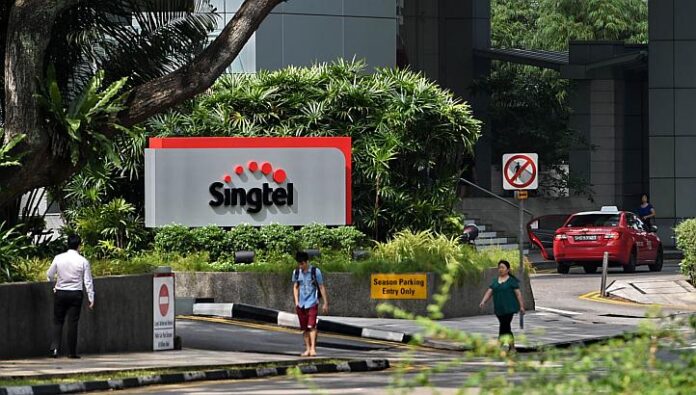Singaporean operator Singtel has launched its 5G non-standalone (NSA) network and introduced a three-month trial for its consumer and enterprise customers.
Singtel’s 5G NSA network will use spectrum in the 3.5 GHz frequency as well as existing 2.1 GHz spectrum, while employing advanced technologies such as dual connectivity, the Asian carrier said in a release.
Initially, Singtel’s 5G service will cover areas such as Harbourfront, Bugis and Dhoby Ghaut.
“We are excited to introduce our customers to a high-quality 5G experience that will enrich their digital lifestyles,” said Yuen Kuan Moon, CEO of Consumer Singapore for Singtel. “With COVID-19 driving everyone online and dramatically increasing our reliance on digital services to work, learn and play, 5G is set to be a huge enabler in our lives in this new normal. We can tap on its potential in combination with applications such as augmented and virtual reality to deliver dynamic and immersive experiences offering the next best substitute to physical interactions, and also deepen our engagement with customers.”
The three-month trial will extend free 5G connectivity and an additional 10 GB of local data to 20,000 early adopters.
Compatible 5G handsets on Singtel’s 5G network include the Huawei P40 Pro, Huawei P40 Pro+, Samsung Galaxy S20 Ultra 5G and VIVO X50 Pro. Singtel said that the list of handsets will be expanded as more 5G devices are made available in Singapore.
Singtel was officially awarded a 5G license issued by Singapore’s Infocomm Media Development Authority (IMDA) in June 2020.
Rival operator StarHub recently launched a 5G trial service in Singapore using the Non-standalone (NSA) 5G architecture.
The operator also announced plans to launch its commercial standalone (SA) network by mid-2021 in partnership with Nokia. The 5G SA network will run on 3.5 GHz spectrum.
In a statement, StarHub said the 5G trial service, which will run until February 16, uses the 2.1 GHz spectrum band.
The operator also said that its 5G network currently reaches 53% of the population, with plans to expand coverage to 70% by the end of September. The areas already covered with 5G include busy locations and major residential hubs, such as Ang Mo Kio, Bedok, Central Business District, Clementi, Jurong, Orchard, Tampines, Woodlands and Yishun, among others.
Last month, StarHub estimated its initial investment in 5G infrastructure will be about SGD200 million ($146.4 million) over a five-year period, as it moves to deploy a joint network with rival carrier M1.
StarHub Mobile and M1 were also awarded licenses to jointly build nationwide standalone (SA) 5G network in Singapore.
The winners were each allocated 100 megahertz of spectrum in the 3.5 GHz band.
Telecommunications services regulator IMDA noted that other mobile operators will be able to access these network services through a wholesale arrangement. Additionally, IMDA will allocate millimeter-wave spectrum to mobile network operators to deploy localized, high-capacity 5G hotspots. With this, M1, StarHub, Singtel, TPG Telecom and mobile virtual network operators would be able to offer retail 5G services to end users in Singapore.
Under the terms of the 5G licenses, the two winners will deploy SA 5G networks beginning in January 2021 and will be required to provide coverage for at least half of Singapore by the end of 2022, scaling up to nationwide coverage by the end of 2025.

